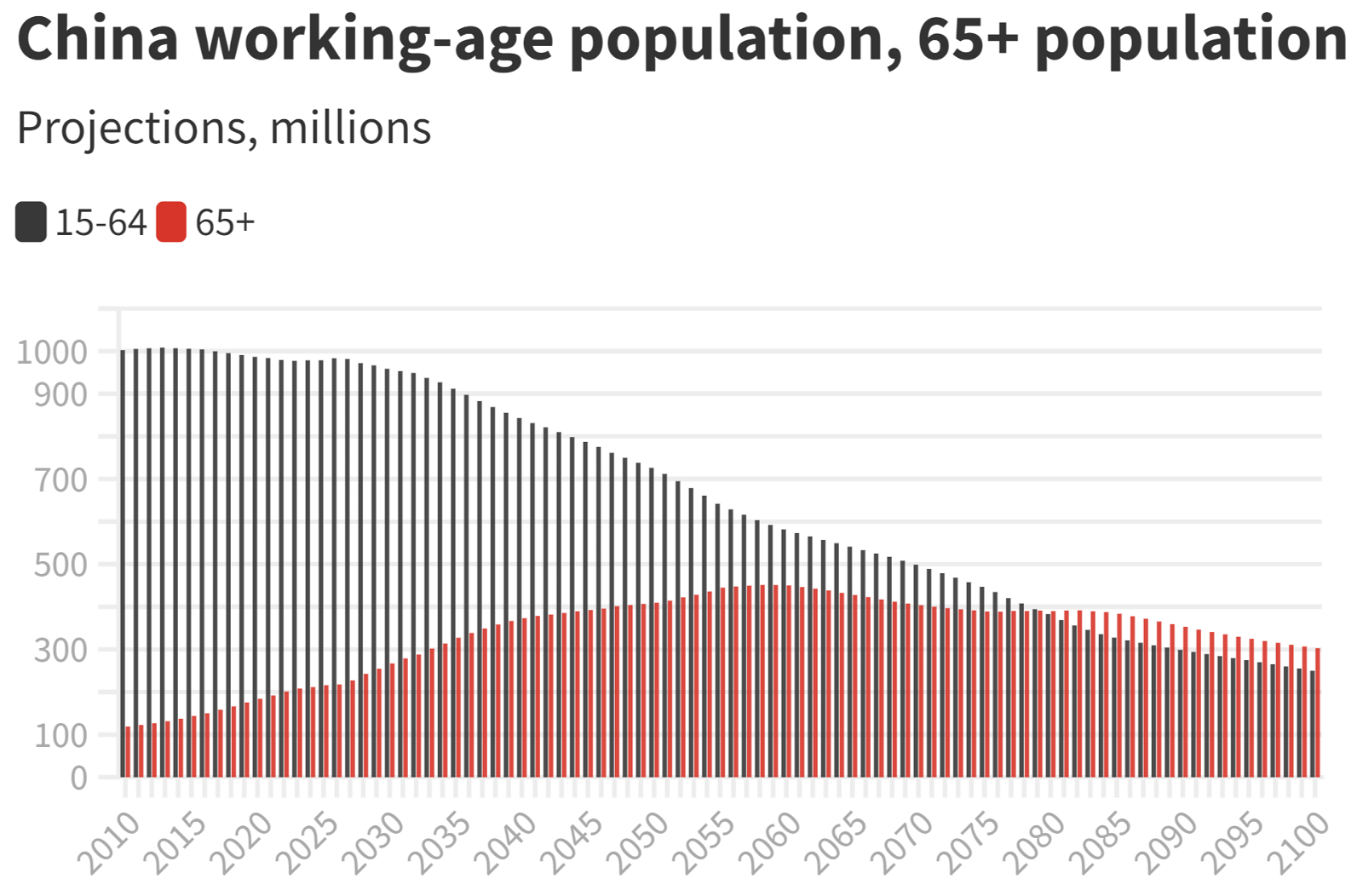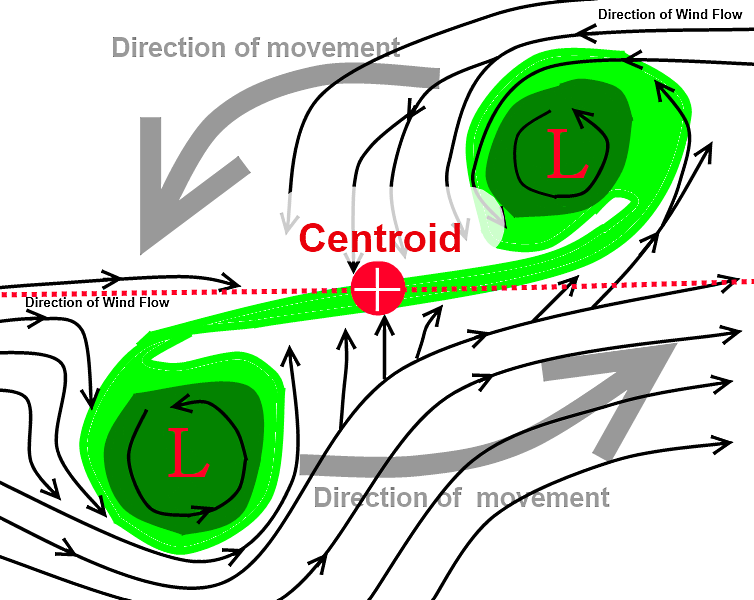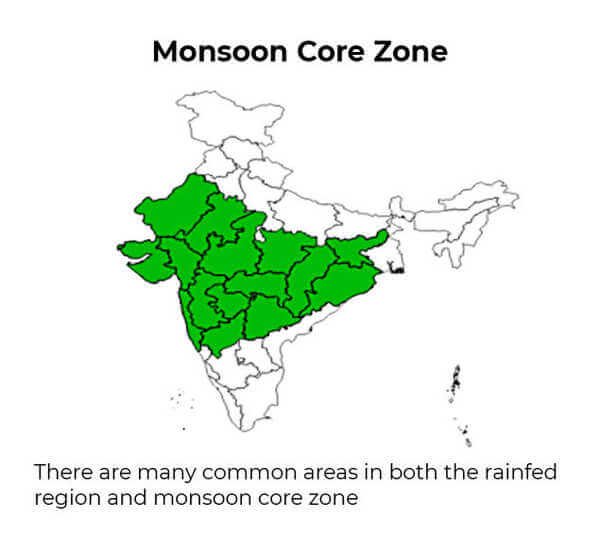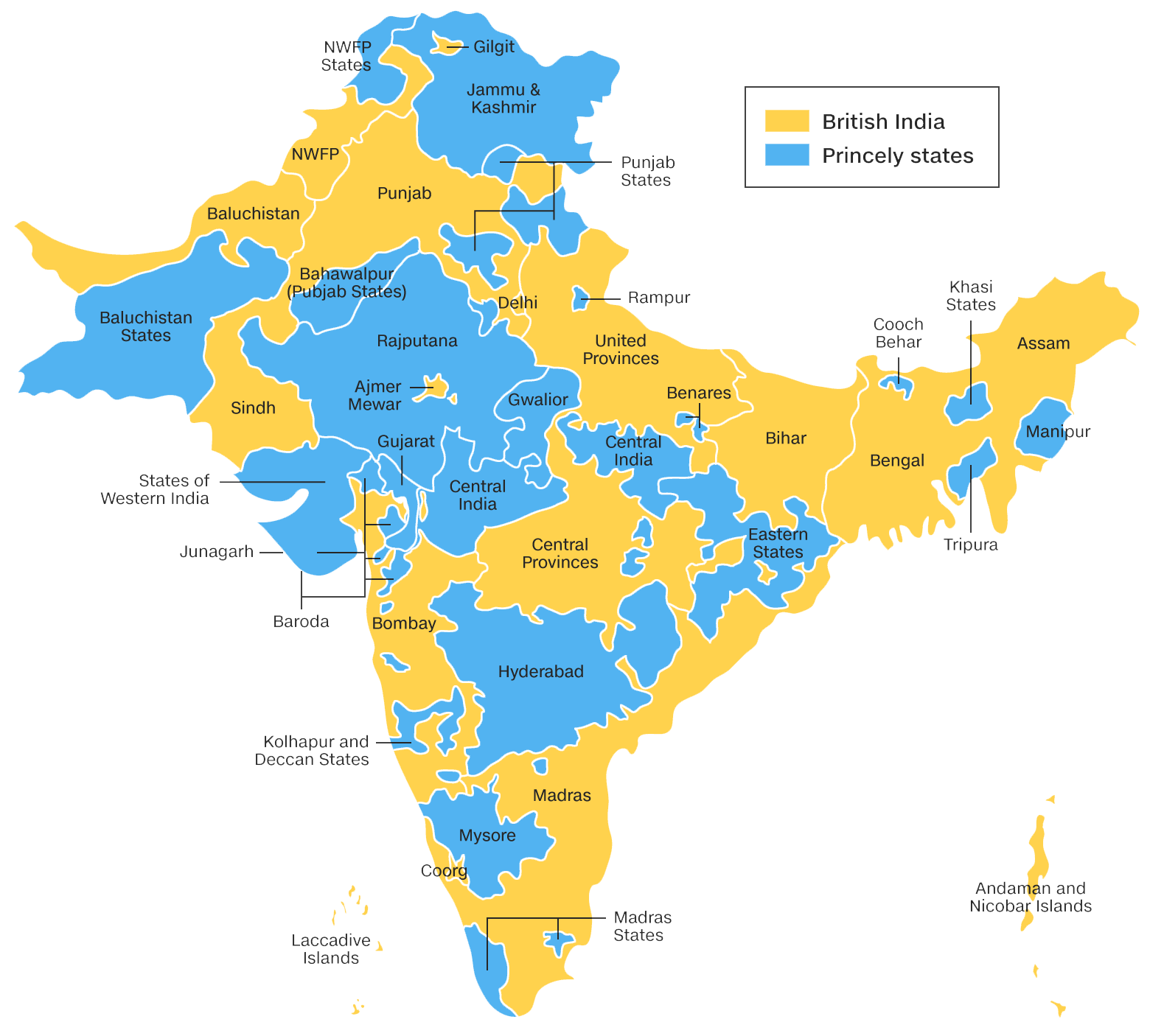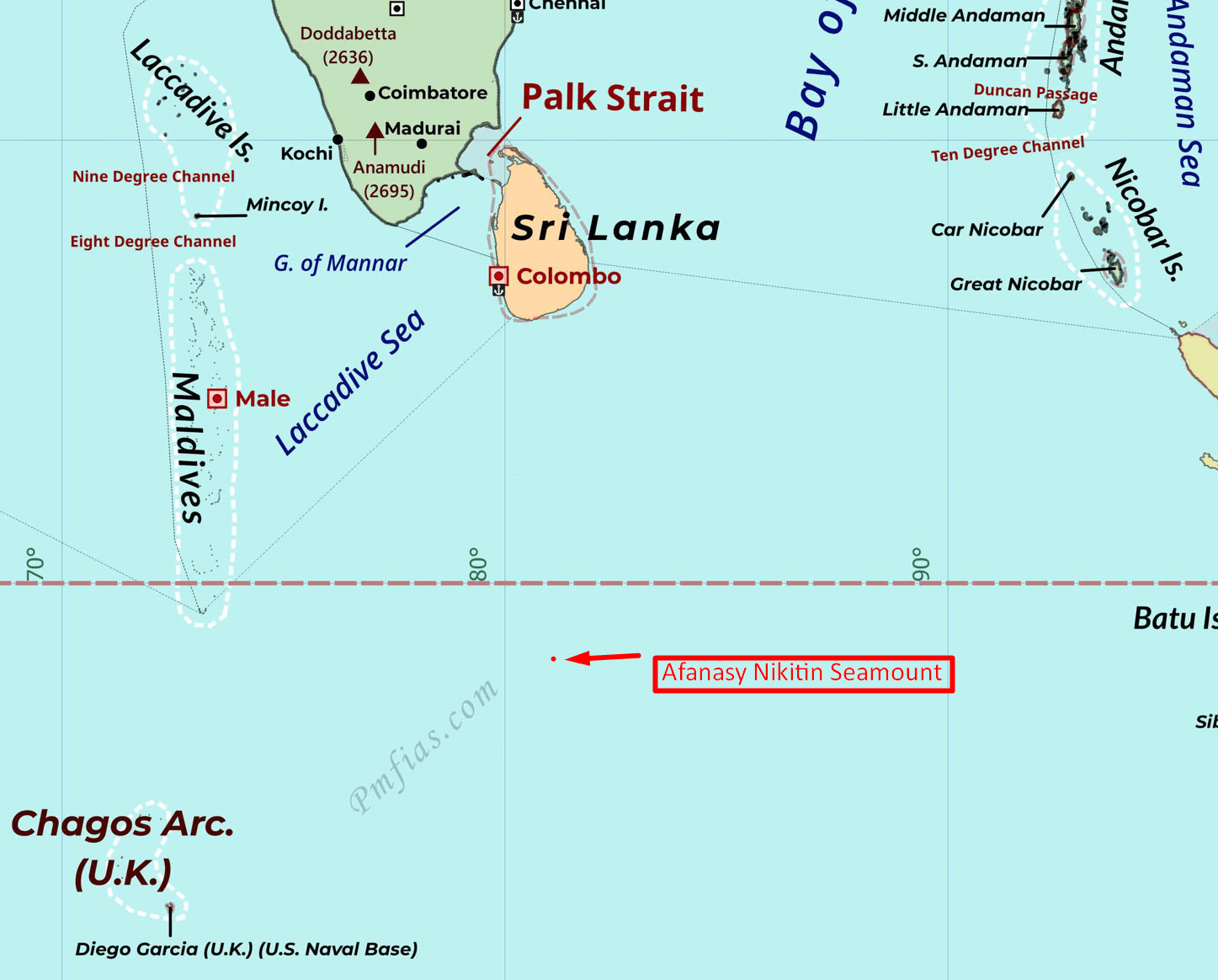
Oil Sands
Subscribers of "Current Affairs" course can Download Daily Current Affairs in PDF/DOC
Subscribe to Never Miss an Important Update! Assured Discounts on New Products!
Must Join PMF IAS Telegram Channel & PMF IAS History Telegram Channel
- Context (TH): Total gaseous organic carbon emissions from oil sands operations exceed industry-reported values by 1,900% to over 6,300% across the studied facilities.
- Oil sands (also called tar sands) are a mixture of sand, clay, water, and bitumen.
- The oil is in the form of bitumen, a very heavy liquid or sticky black solid with low melting temperature.
- Oil sand is a naturally occurring petrochemical that can be upgraded into crude oil and other petroleum products.
- It must be processed before it can be used by refineries to produce fuels such as gasoline and diesel.
- The largest deposits of tar sands in the world are found in Alberta (Canada) and Venezuela.
- Tar sands are mined in two ways:
- Open-pit mining: If tar sands are found near the surface, as in Alberta, Canada, they can be mined directly – much like open-pit coal mining – and then transferred to an extraction plant where the bitumen can be separated from the sand, clay, and water.
- In-situ mining: If tar sands are too deep to dig up, the bitumen can be extracted by injecting hot steam or solvents to loosen up the bitumen and allow it to flow through a well to the surface.
|
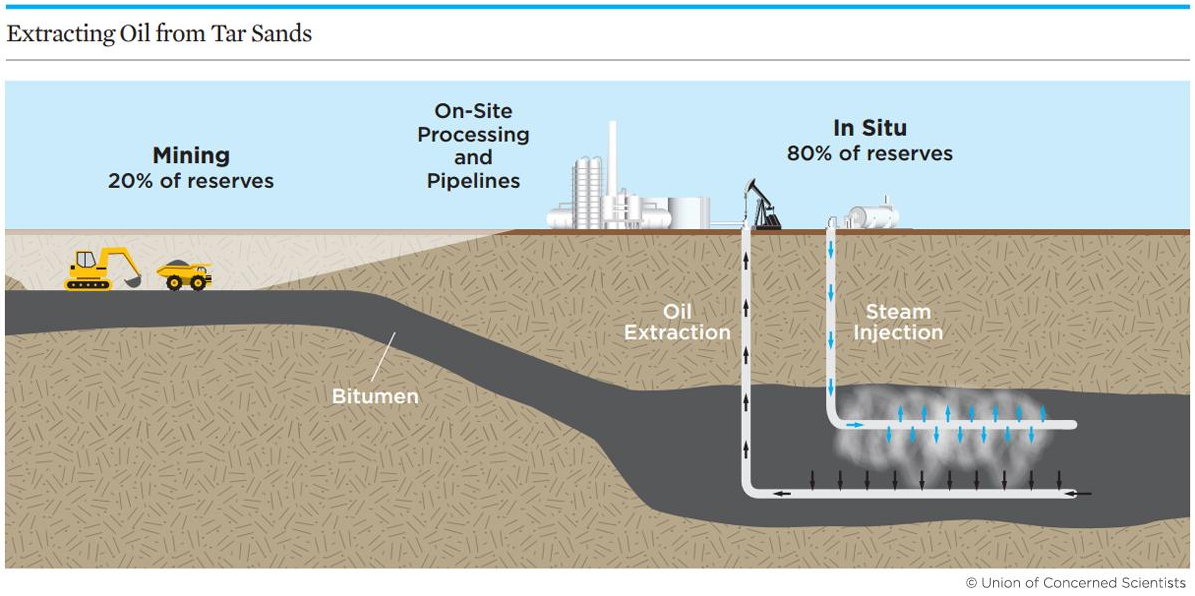
Harmful impacts of oil sands
- Tar sands extraction emits up to three times more global warming pollution than does producing the same quantity of conventional crude.
- It depletes and pollutes freshwater resources and creates giant ponds of toxic waste.
- Oil sands operations release pollutants into the air, including greenhouse gases and other harmful pollutants like NOx and SOx.
- Refining the oil sands produces petroleum coke, a hazardous by-product.





![PMF IAS Environment for UPSC 2022-23 [paperback] PMF IAS [Nov 30, 2021]…](https://pmfias.b-cdn.net/wp-content/uploads/2024/04/pmfiasenvironmentforupsc2022-23paperbackpmfiasnov302021.jpg)

